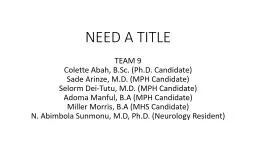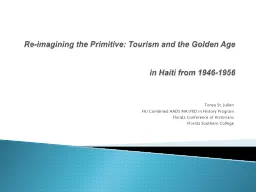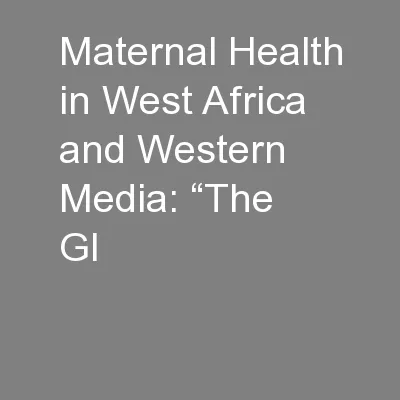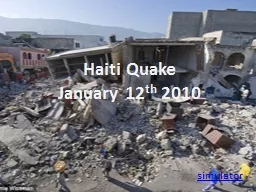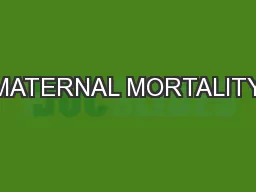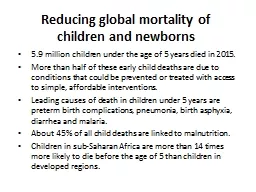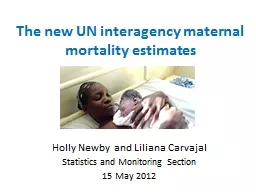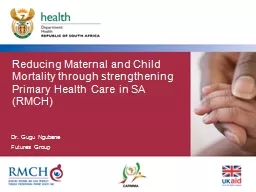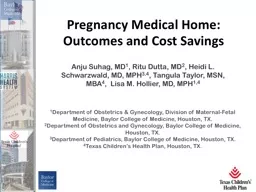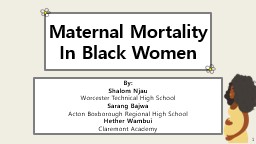PPT-Reducing Maternal Mortality in Haiti
Author : jane-oiler | Published Date : 2019-11-21
Reducing Maternal Mortality in Haiti by Improving Access to Surgery Colette Abah BSc PhD Candidate Sade Arinze MD MPH Candidate Selorm DeiTutu MD MPH Candidate Adoma
Presentation Embed Code
Download Presentation
Download Presentation The PPT/PDF document "Reducing Maternal Mortality in Haiti" is the property of its rightful owner. Permission is granted to download and print the materials on this website for personal, non-commercial use only, and to display it on your personal computer provided you do not modify the materials and that you retain all copyright notices contained in the materials. By downloading content from our website, you accept the terms of this agreement.
Reducing Maternal Mortality in Haiti: Transcript
Download Rules Of Document
"Reducing Maternal Mortality in Haiti"The content belongs to its owner. You may download and print it for personal use, without modification, and keep all copyright notices. By downloading, you agree to these terms.
Related Documents

